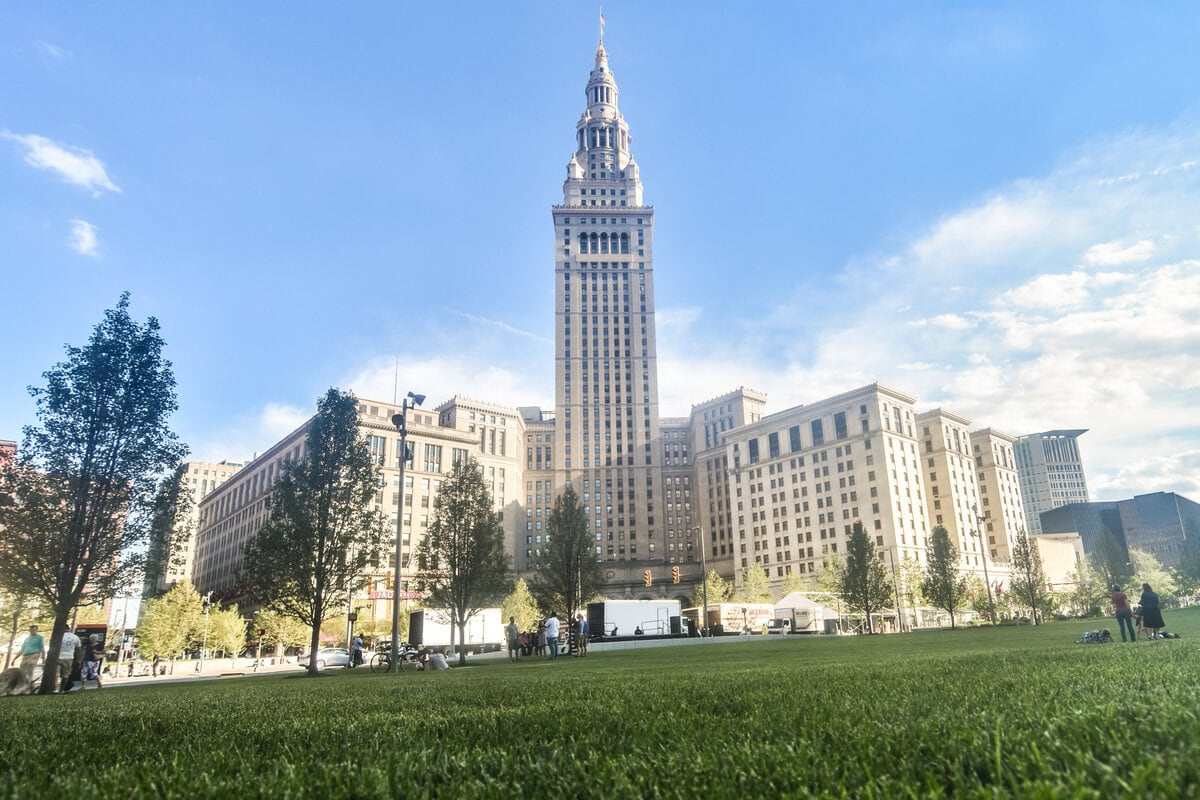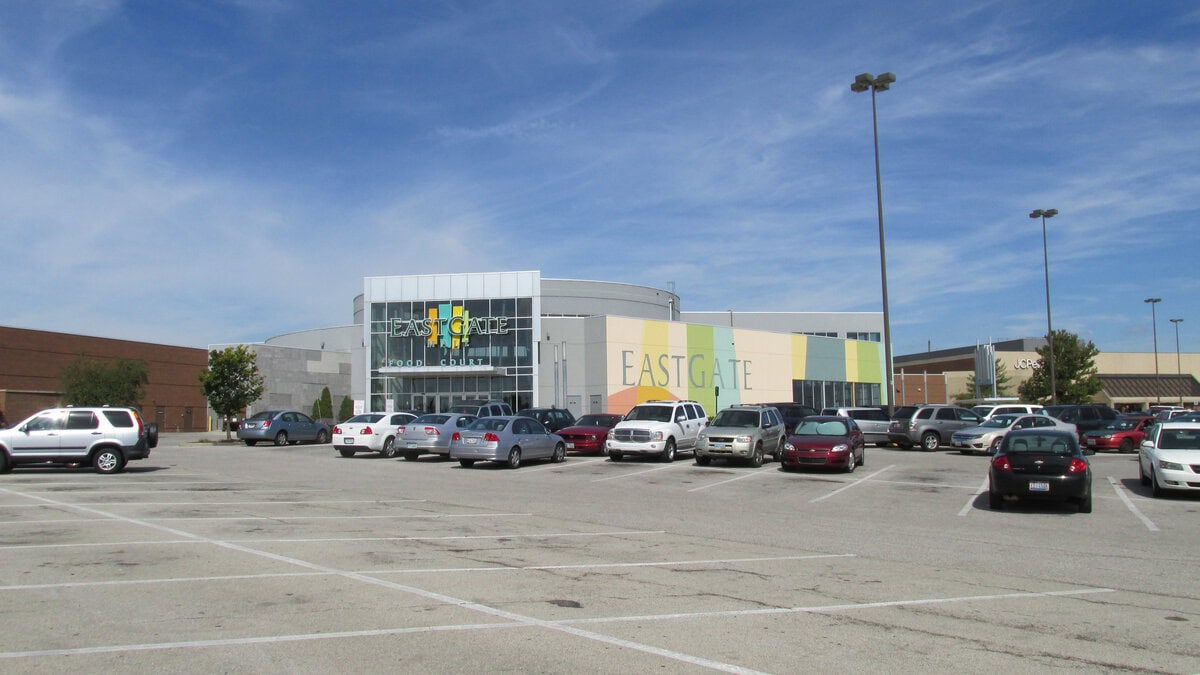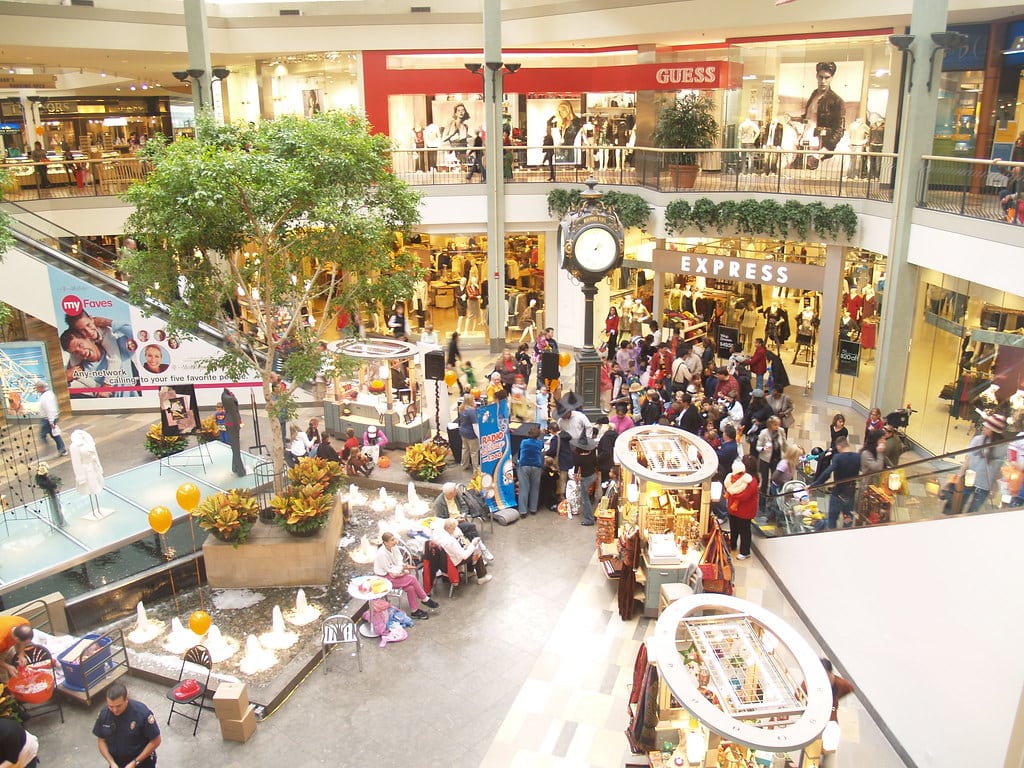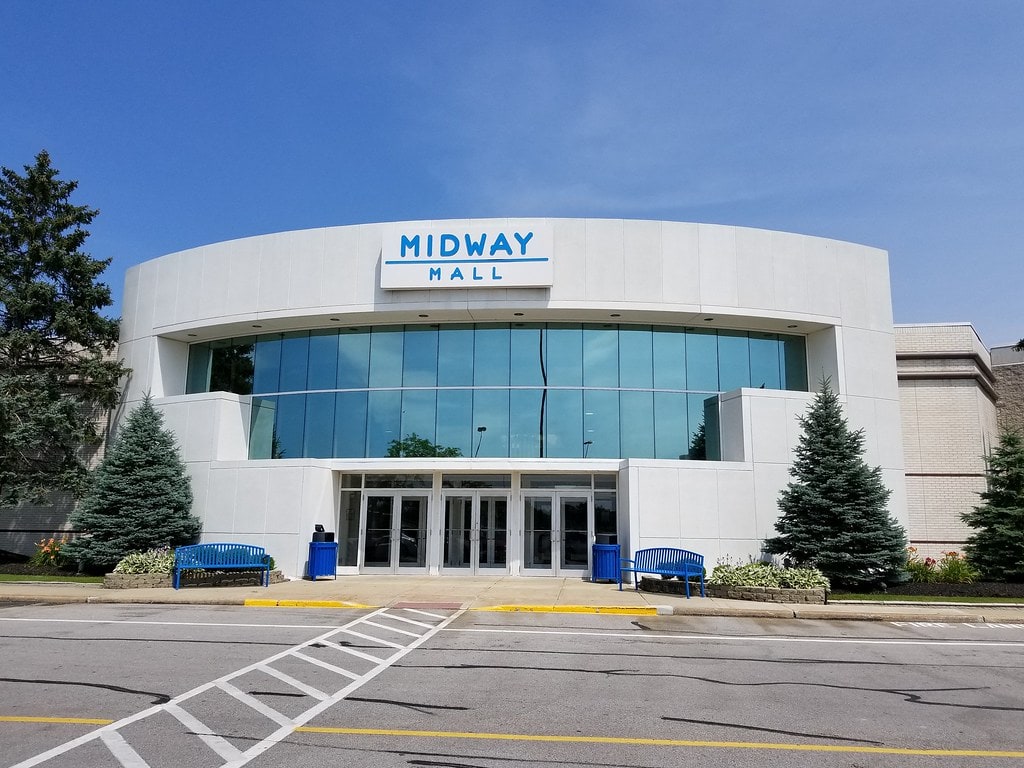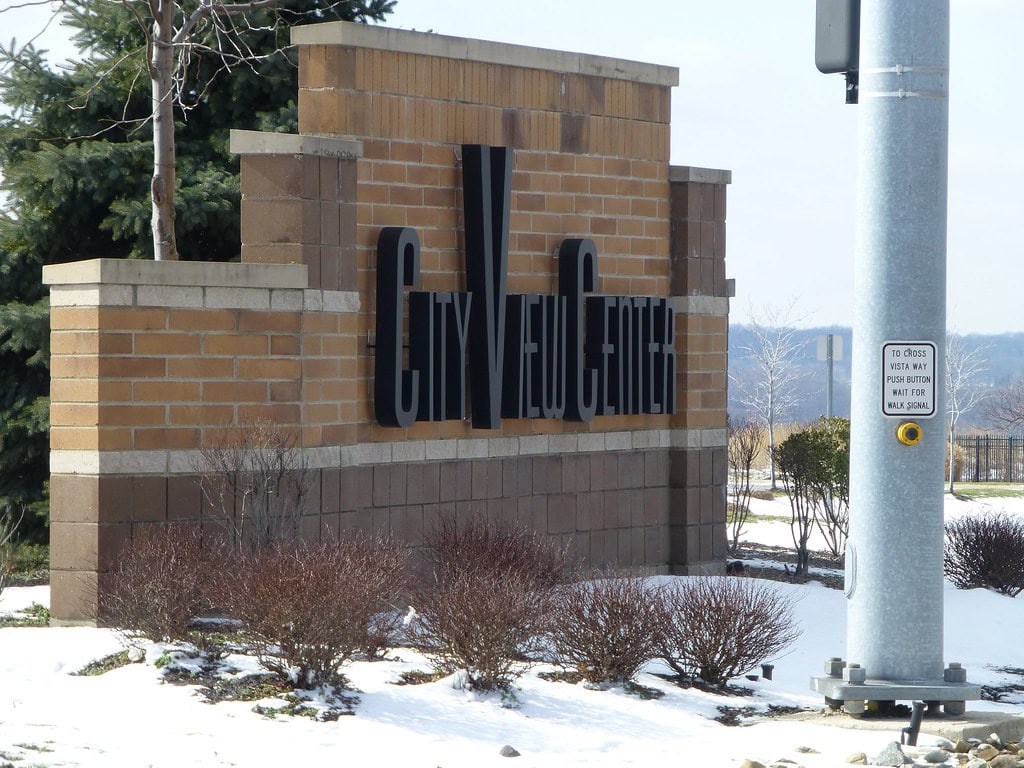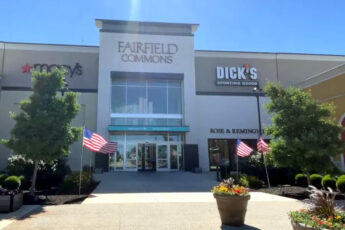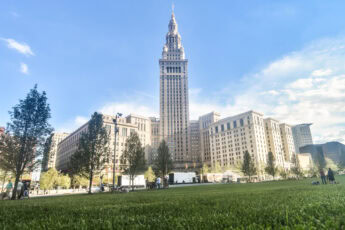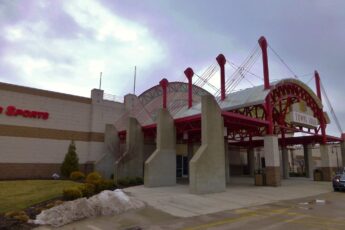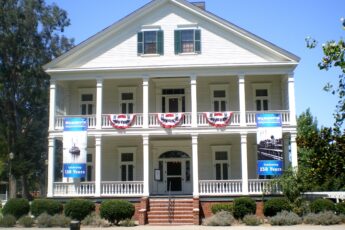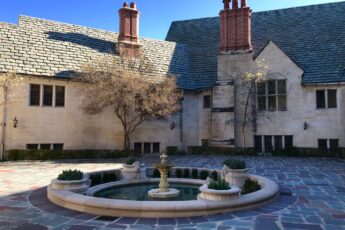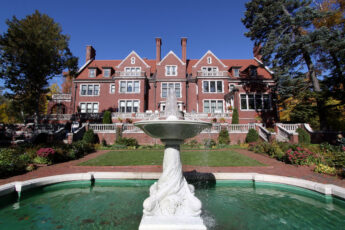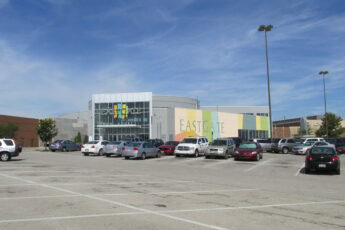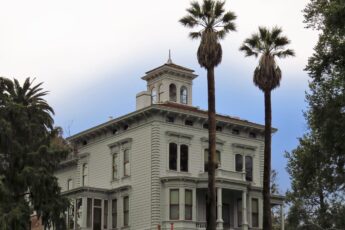Building a Mansion on Franklin Blvd
Franklin Castle rose between 1881 and 1883, built for banker and grocer Hannes Tiedemann by architects Cudell & Richardson in Cleveland, Ohio.
The stone house stands at 4308 Franklin Boulevard, with four floors, over twenty rooms, and eighty windows, all arranged to showcase its Queen Anne style.
In the 1880s, the address placed the home among the most desirable real estate, as Franklin Boulevard ranked among Cleveland's most prestigious streets.
The project employed heavy stone walls and steep rooflines, lending the building a castle-like form. A formal entry anchored the block, giving it presence.
From the start, the residence was intended to serve as a symbol of success, combining commercial profits and banking influence into a visually striking display.
It stood out from the brick houses around it, with its rough stone and turrets, designed to draw attention to the family name above all else.
The exterior carried curved windows and carved details, making it clear that the design was a product of ambition as much as architectural fashion.
At the same time, the spacious interior was arranged for receptions, business conversations, and private dinners. It was built to host and impress.
Franklin Boulevard itself drew wealthy families, so the choice of location tied the Tiedemanns to the elite corridor that dominated Cleveland in that era.
The building remains a fixture of Queen Anne architecture in Ohio City. For visitors who search for things to do in Cleveland, Ohio, it's a landmark.
Family Losses and Costly Additions
In January 1881, fifteen-year-old Emma Tiedemann died of diabetes. Her funeral was held as work on the house neared completion. A few weeks later, Hannes's mother, Wiebeka, also passed.
Then, over the next three years, three more children were buried. Each funeral brought fresh silence to a home that was supposed to be starting its life.
To blunt the edges of grief, Hannes turned to construction. He poured money into the house. A full-length ballroom was installed on the fourth floor, designed for receptions, although few ever took place.
Outside, stone gargoyles were carved and fixed to the eaves. Turrets were added above the roofline. The home took on the look of a castle, rising sharply above the modest houses on Franklin Boulevard.
Louise died on March 24, 1895. She was fifty-seven. Less than a year later, the property changed hands. The Tiedemann name left the title.
By 1908, every member of the family had passed away. There were no heirs, no cousins to claim the place. The house sat, large and empty, its future unclear.
What remained was a building shaped by grief. The fourth-floor ballroom, once the centerpiece of Hannes's ambitions, needed constant care.
The gargoyles, grim-faced and heavy, became the most recognized feature of the facade: hard to ignore, harder to explain. During these years, people began referring to it as the castle.
Behind that name was a different story: a string of private losses, matched step for step by a kind of architectural excess common in Cleveland's rising industrial class.

Cultural Halls and Rumors of Tunnels
In 1921, the house ceased to be a residence and was taken over by German cultural groups. They held meetings there, ran choirs, and used the rooms for social events through the late 1960s.
During Prohibition, neighbors reported that liquor was being smuggled through hidden passageways. When the city checked, it found only a narrow servant stairway. The tunnels were never proven, but the story persisted nonetheless.
In 1975, bones were found in a closet. Many believed they had been planted, but the discovery was enough to fuel the growing ghost stories.
Tours followed, and the house gained its reputation as one of Ohio's most haunted landmarks.
Local papers covered it, and neighborhood talk gave Franklin Castle a new identity: part historic site, part stage set for folklore.
On March 15, 1982, the property was added to the National Register of Historic Places. That status protected the structure and confirmed it as a cultural landmark, its heavy stone walls holding both documented history and rumor.
DeVinko's High-Spend Renovation Era
In early 1984, Franklin Castle changed hands again. Michael DeVinko, known as Judy Garland's last husband, purchased the property and initiated extensive renovations.
He aimed to restore its old grandeur, putting nearly one million dollars into structural repairs and period interiors over the course of a decade.
Part of the effort included tracking down original furnishings. Some pieces were located and returned, restoring the rooms to their original design.
The renovations became a local topic of discussion. Newspapers covered the scale of investment, noting how unusual it was for a private buyer to commit that much.
Visitors described the castle as both a home and a work in progress, with tradespeople moving between floors while tours were underway.
Even with the investment, the burden of upkeep weighed heavily on them. By 1994, DeVinko placed the castle back on the market, unable to hold it any longer.
The sale listings emphasized the historic designation the home had earned in 1982, highlighting its Queen Anne architecture and rare stonework.
Real estate brochures circulated among collectors and developers, positioning the castle as both a liability and an opportunity.
This period highlighted the fragility of the balance between preservation and financial strain when managing a landmark on Franklin Boulevard.
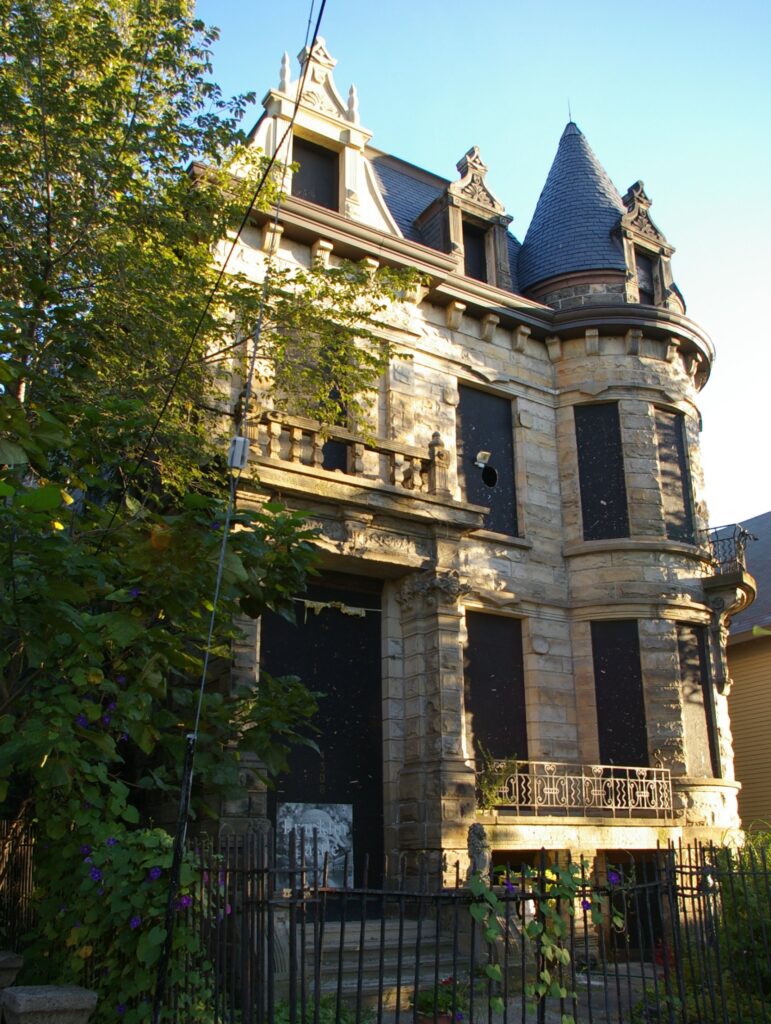
Fires, Sales, and Shifting Ownership
Franklin Castle stood empty for years after it was listed in 1994. In 1999, Michelle Heimburger, a Yahoo! employee with stock windfall funds, bought it for $350,000.
Her purchase included the main house and carriage house. She planned restoration, but that same year, a fire tore through, undoing much of her progress.
Repairs were initiated, although the full vision was never fully realized, leaving the property in a partially restored yet fragile state.
In 2004, rumors spread of a conversion into the Franklin Castle Club. While plans never materialized, contractors cleaned the stone and rebuilt parapets.
The work followed original nineteenth-century drawings, returning details on the facade that had been lost to earlier neglect.
The project signaled ongoing interest in transforming the castle into a viable asset, even if a stable business model had yet to be established.
March 2011 brought another fire, this time in the carriage house. Later that July, the city rezoning approved the property for three-family dwellings.
That same year, tapestry artist Chiara Dona Dalle purchased the castle for $260,000, with permits issued for exterior alterations in February 2012.
Haunted Image and Media Spotlights
By the mid-2000s, Franklin Castle was already a fixture in Cleveland's haunted lore. Local tours leaned heavily on the stories of bones and hidden rooms.
Television expanded the reach. In March 2016, the Travel Channel's "Paranormal Lockdown" filmed inside, showcasing the carved halls and attic rooms to viewers.
That appearance drew a new wave of attention, blending entertainment with history and keeping the property visible to a wide national audience.
In March 2020, the Travel Channel featured the castle again, this time in Season 23 of "Ghost Adventures." The crew explored the ballroom and stone facade.
Later that same year, on November 19, "The Holzer Files" broadcast another episode centered on the mansion. Three networks had now used it for content.
These appearances helped keep the building in circulation as a cultural commodity, feeding both tourism and the haunted reputation it had carried for decades.
Local outlets, meanwhile, framed Franklin Castle as a case study in preservation challenges. Reporters balanced its fame with accounts of stalled repairs.
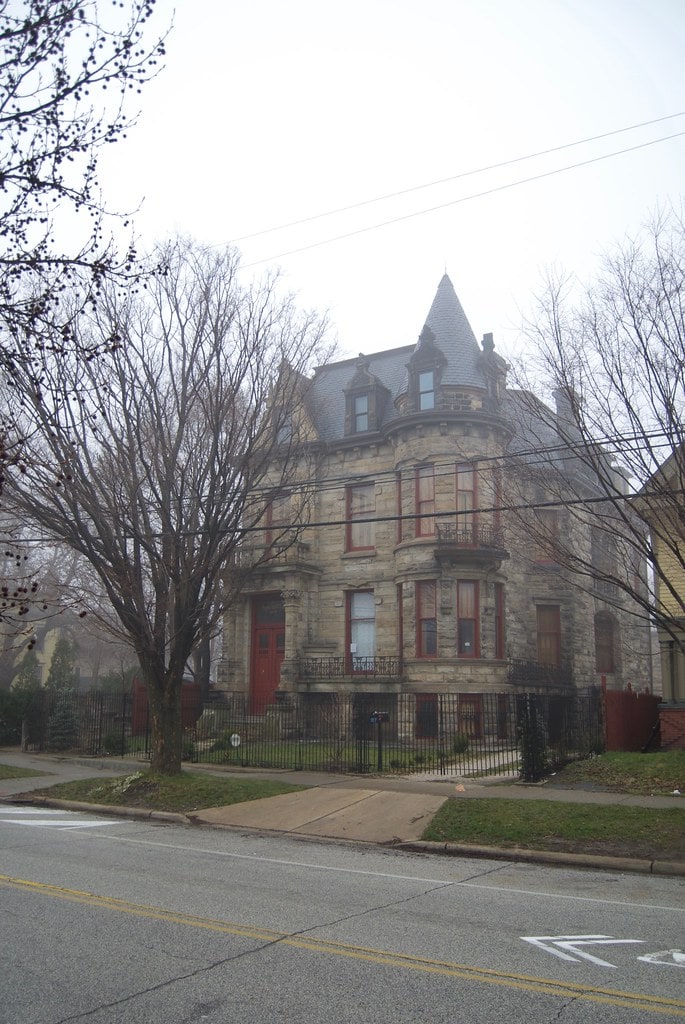
Recent Investments and Overnight Stays
In December 2022, the owners announced single-night accommodations. Guests could now book rooms such as Emma's quarters and the Victorian kitchen.
The move positioned the castle alongside heritage properties, offering accommodations, and transformed it into both a lodging option and a continuing preservation project.
The official site promoted the same message, marked "Under new direction," and encouraged visitors with slogans designed for a tourism audience.
As of August 2025, Franklin Castle continued to operate as both a residence and a commercial space for travelers drawn to Cleveland's historic landmarks.

